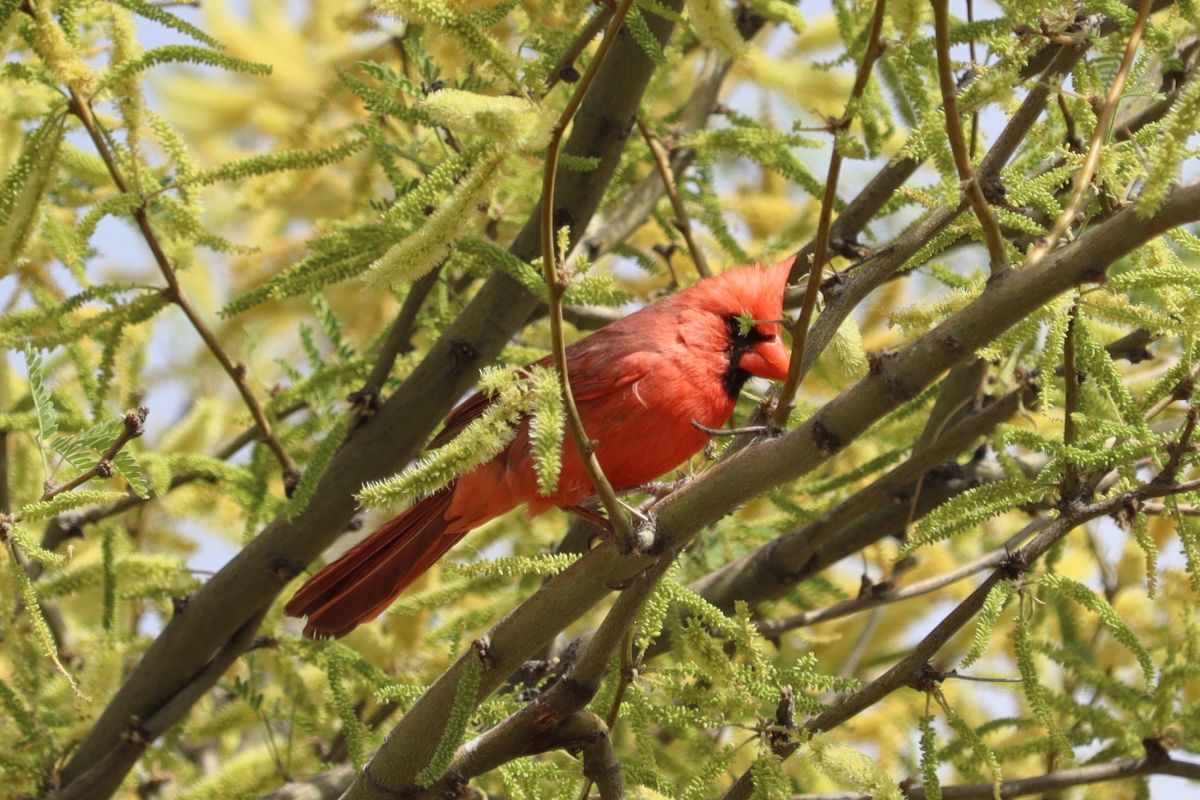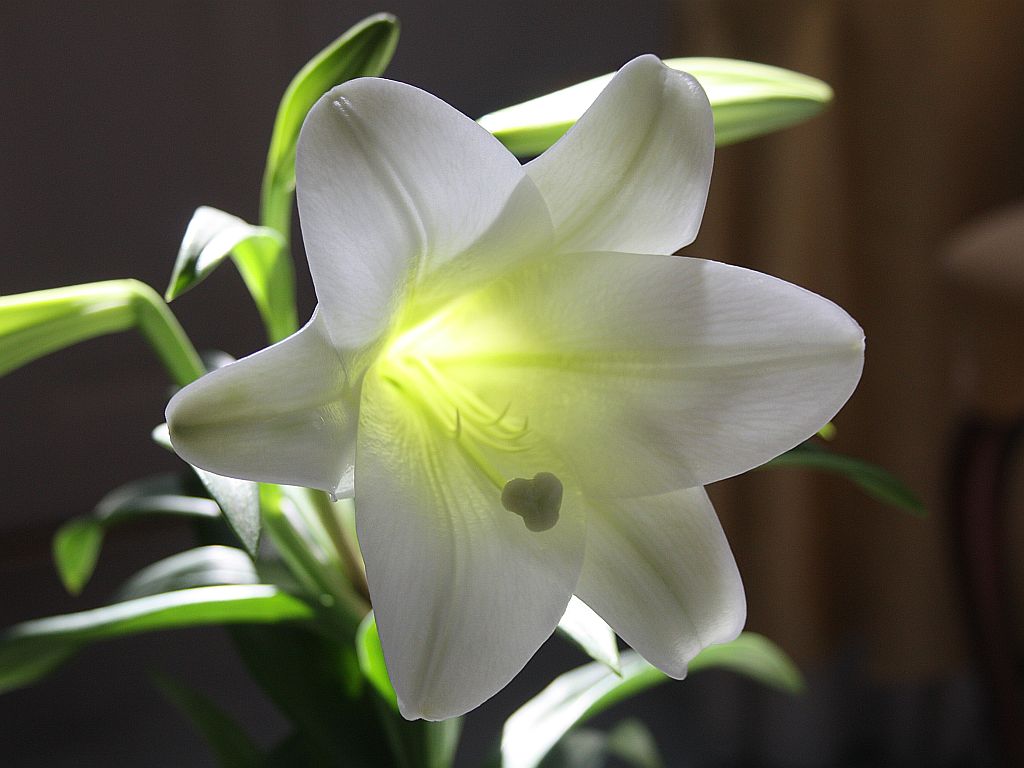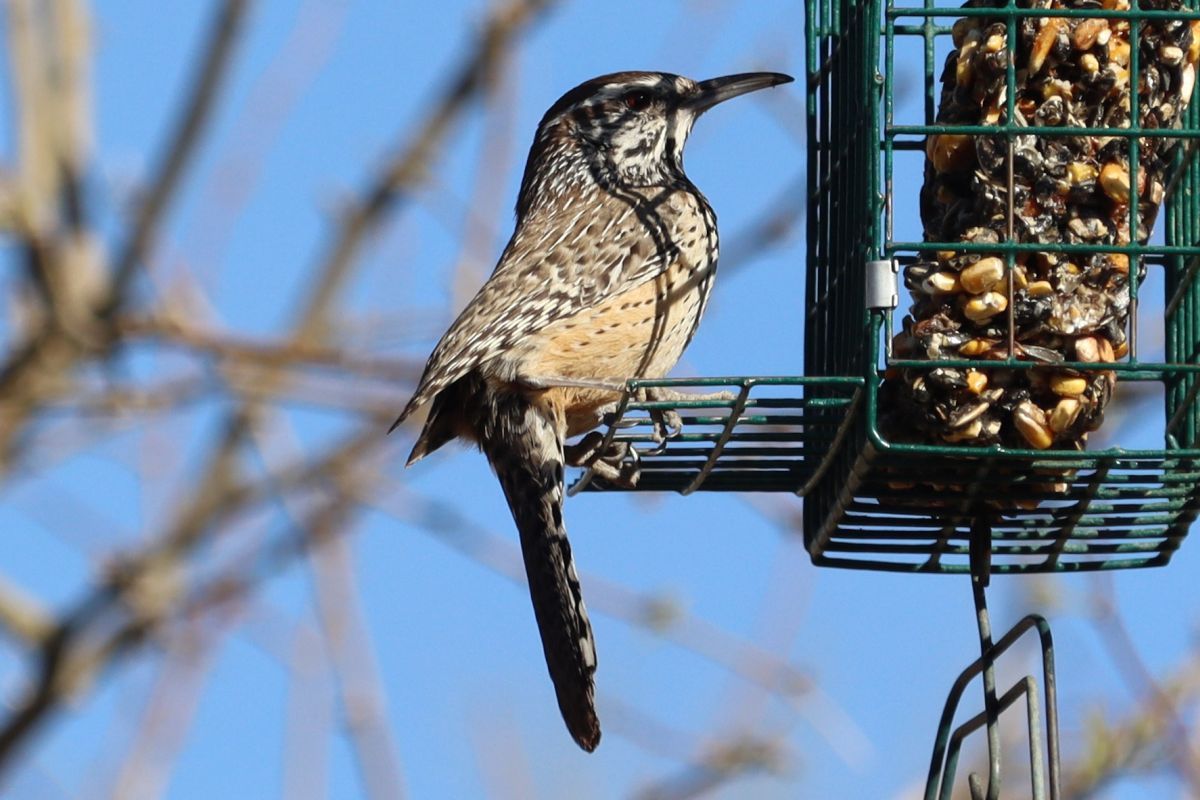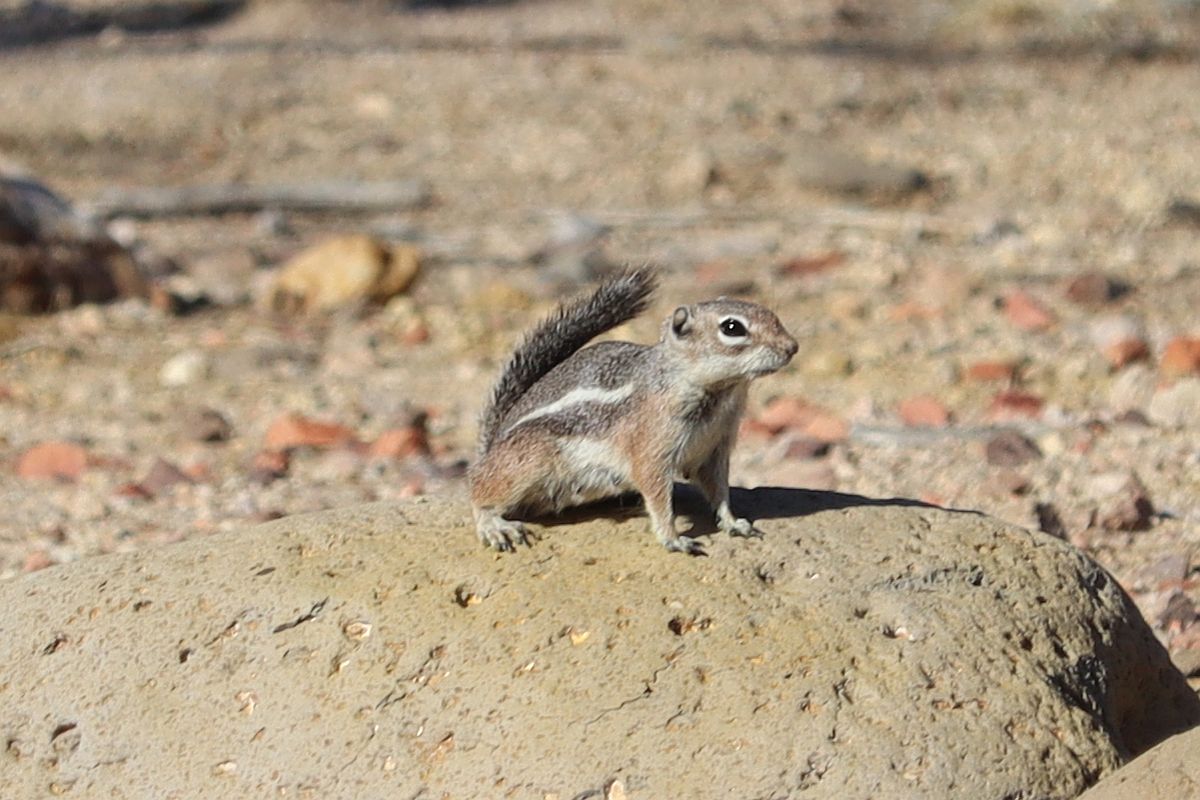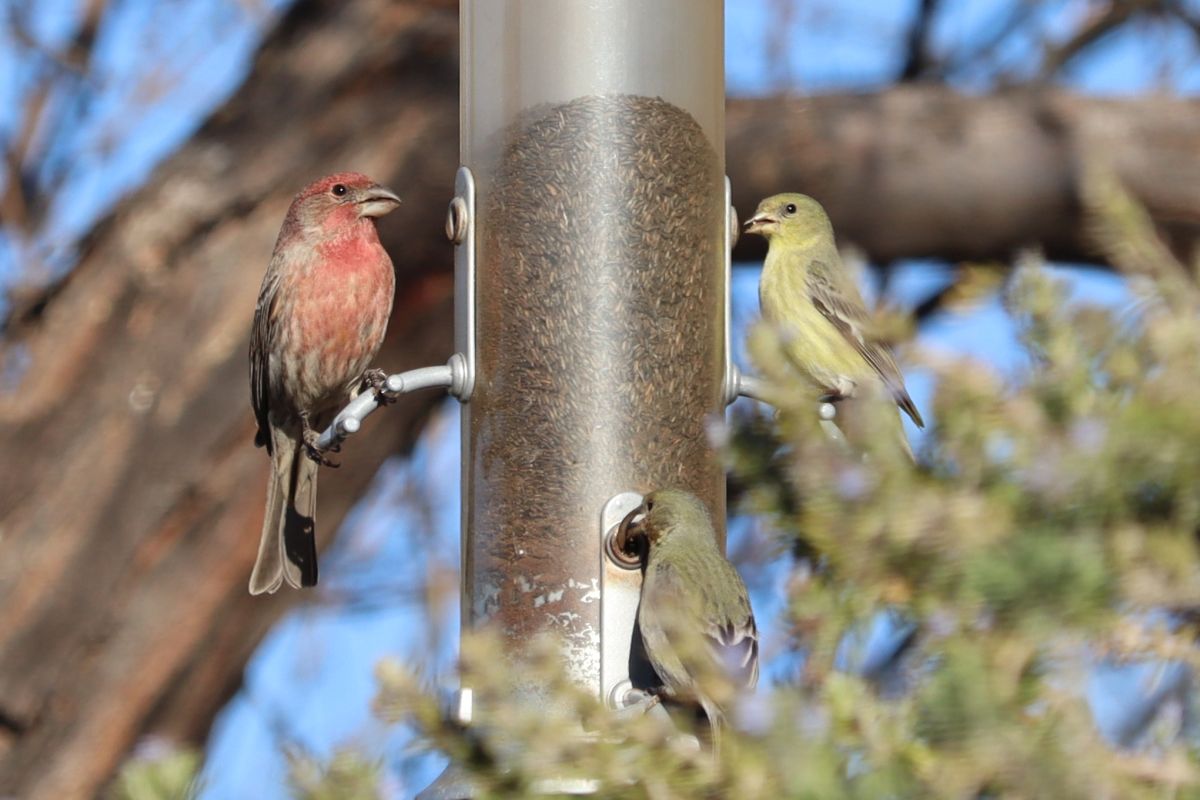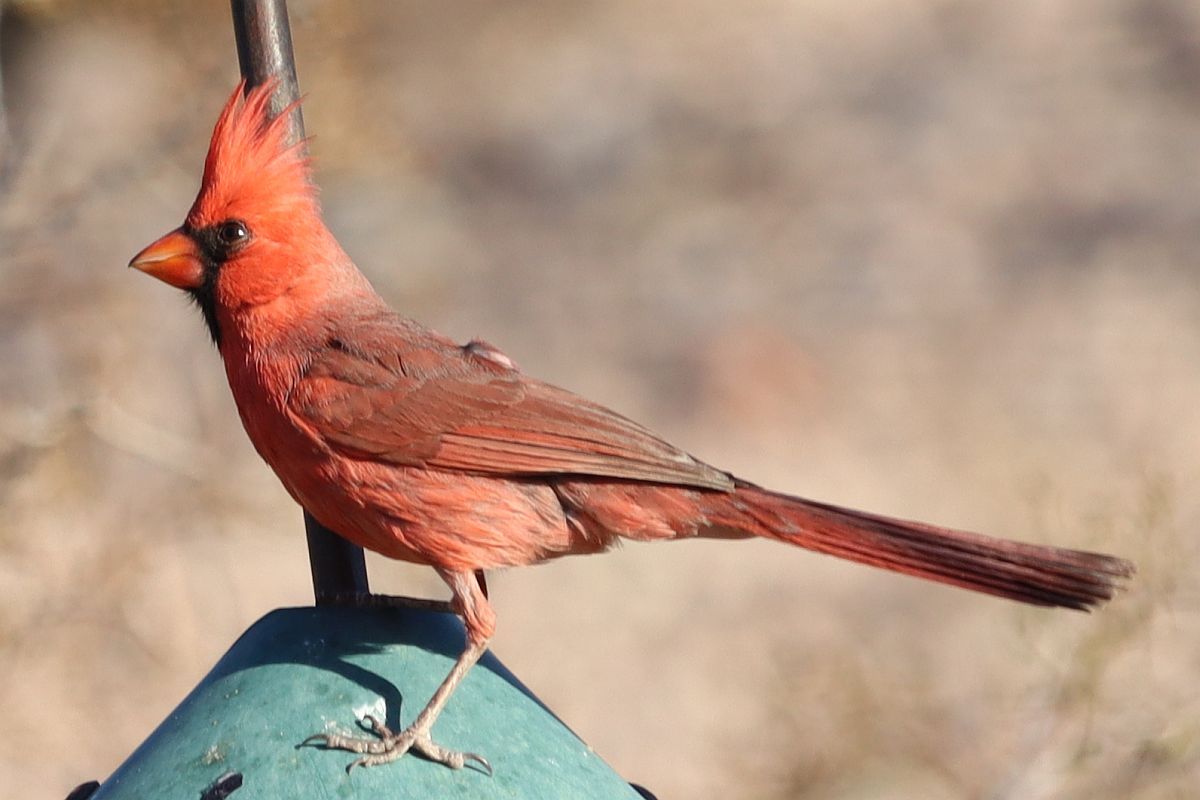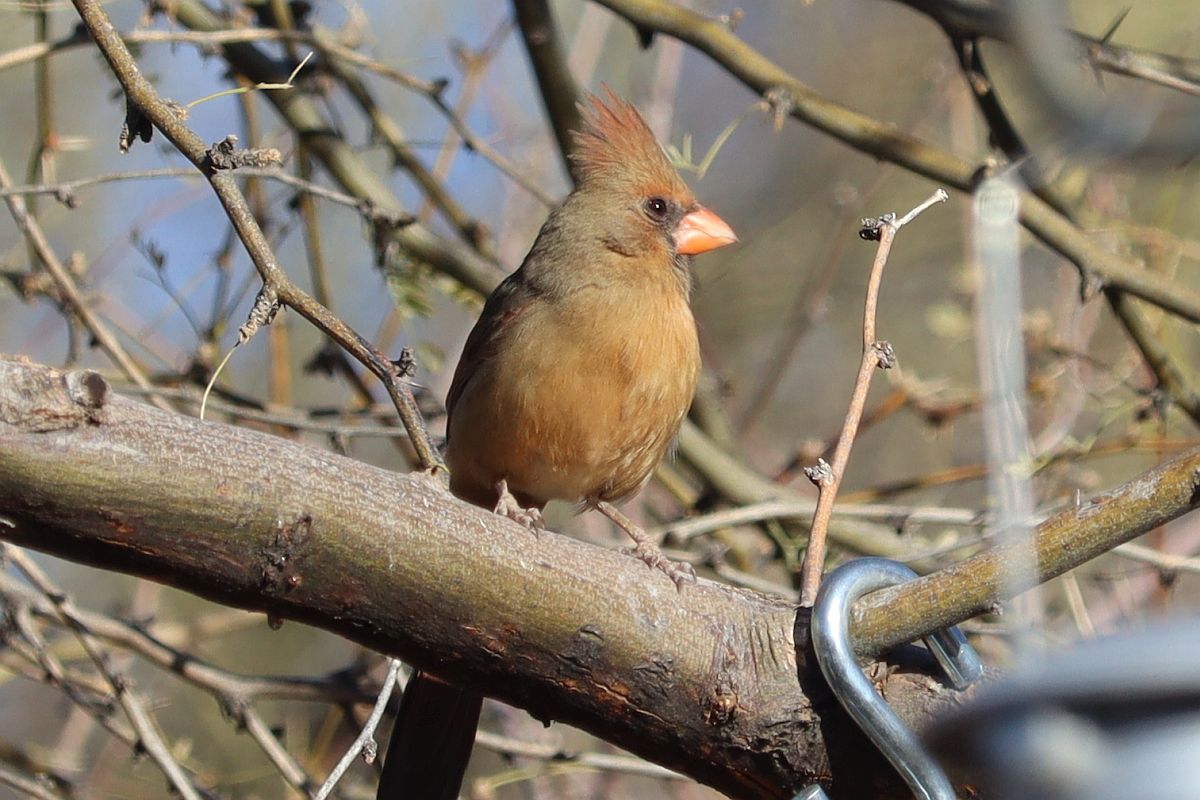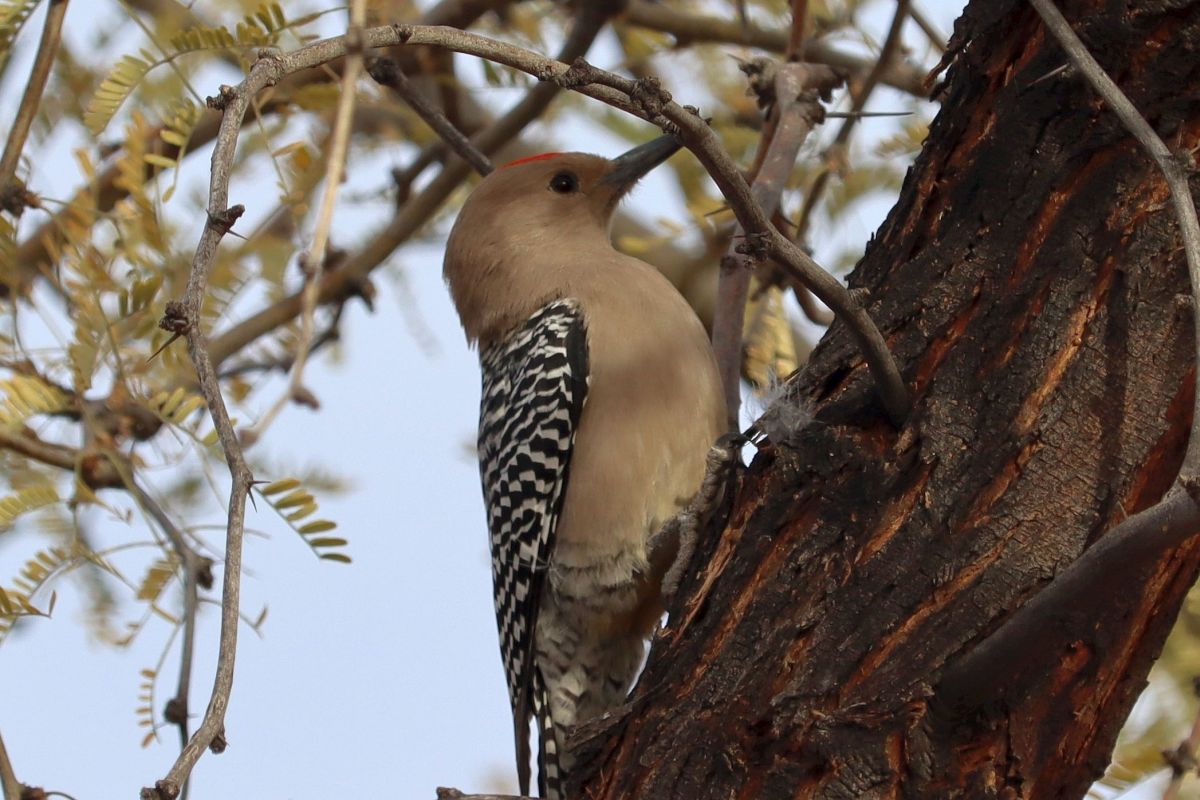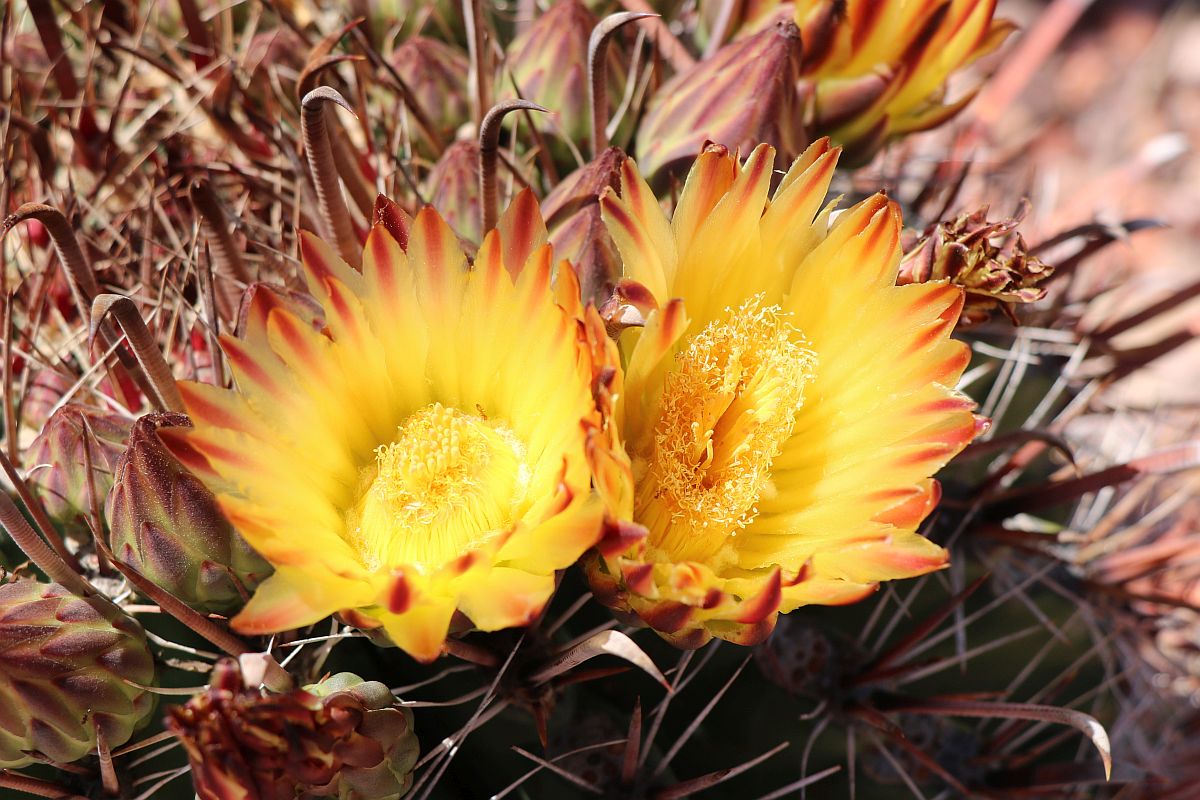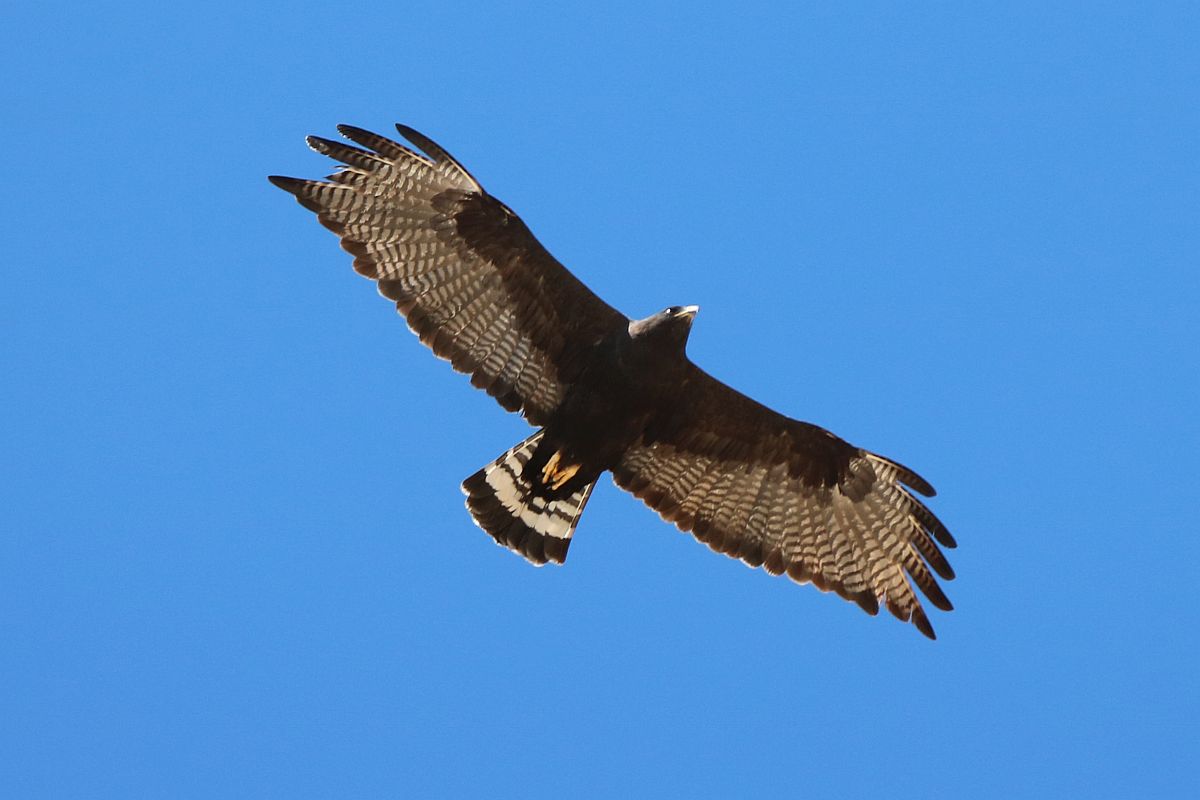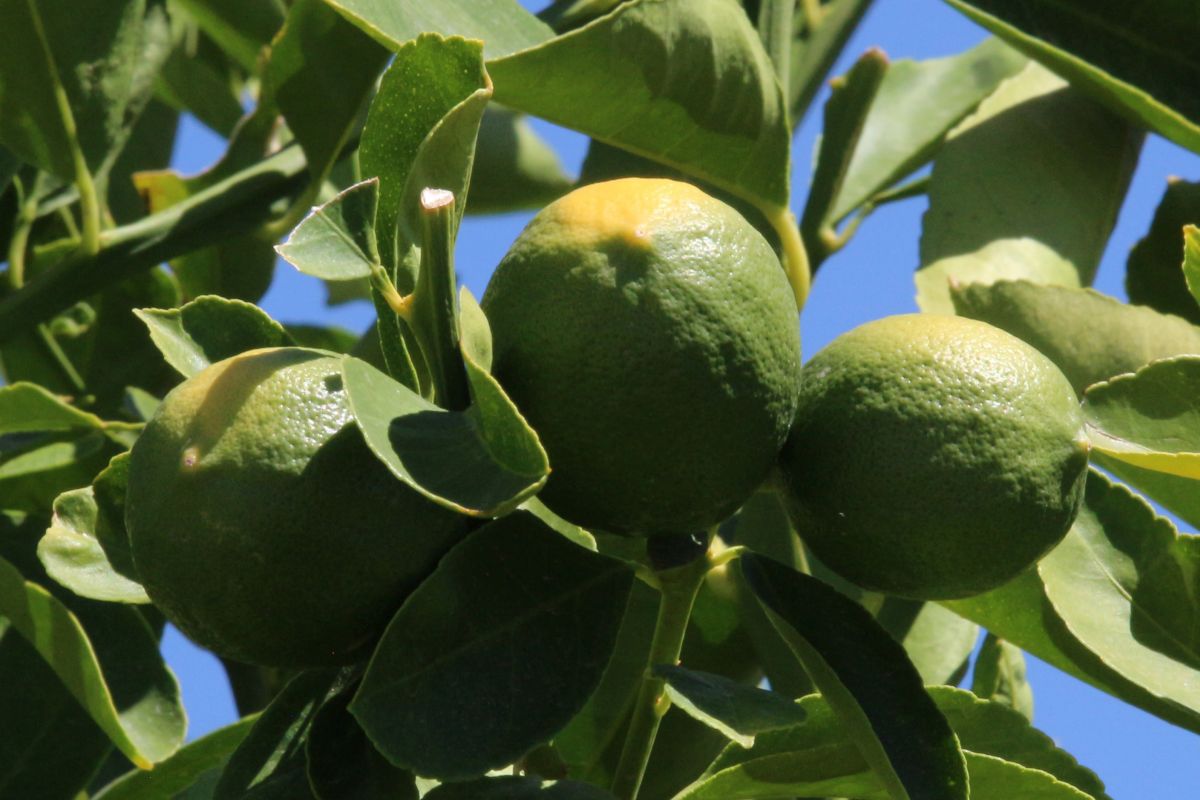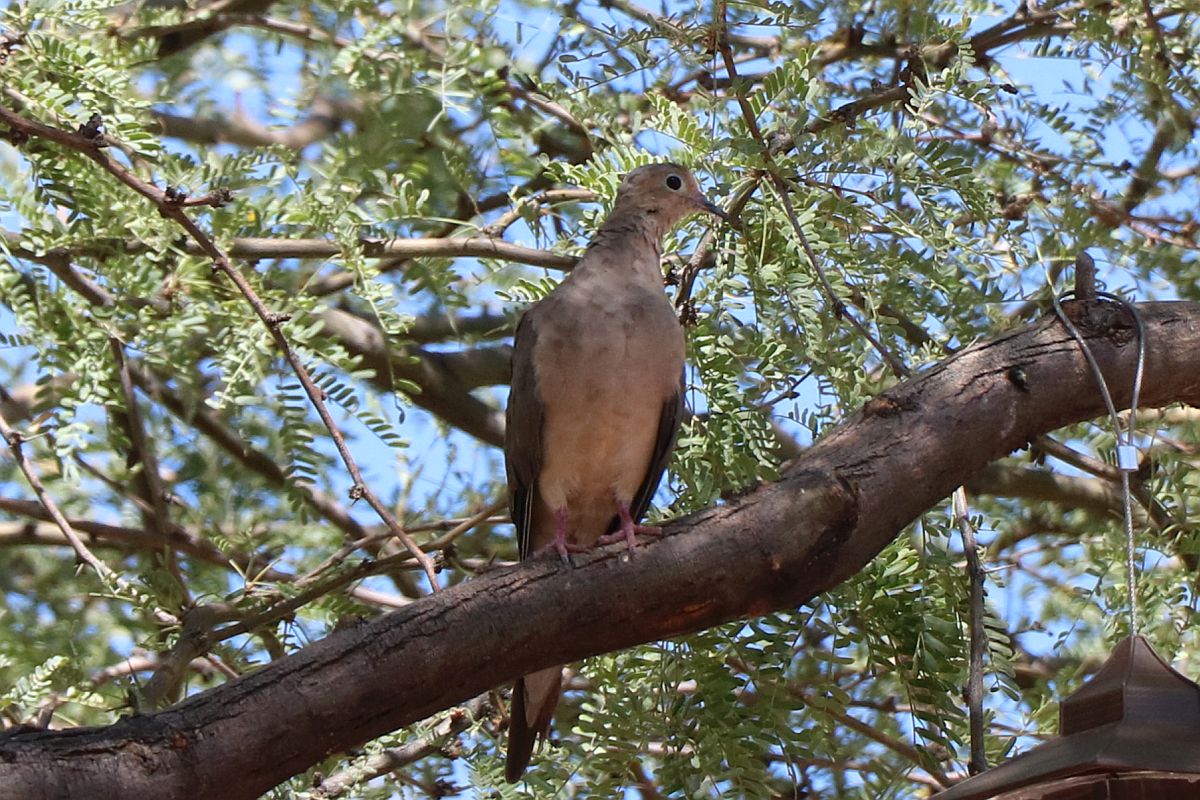With all the newly-grown green and yellow colors on the big mesquite tree out back, this Cardinal shows up big-time against the cooler desert hues. Seriously, these Cardinals come to the bird feeders up there and are a delight to see when they grace our area with their brilliant red-orange feathers and black trim.
I took this photo this morning (Good Friday, April 18, 2025) with my Canon EOS Rebel SL3 with the EF55-250 telephoto lens set to 250mm. I think that I took five or six images as the bird moved from left to right across the tree branch; this one was the best of the group.
Now for the message for all, that Jesus died on that fateful day when the sins of mankind were lifted from us on the cross at Calvary. We will be celebrating the sacrifice and resurrection of our Lord this weekend. Happy Easter. HE IS RISEN, INDEED!

